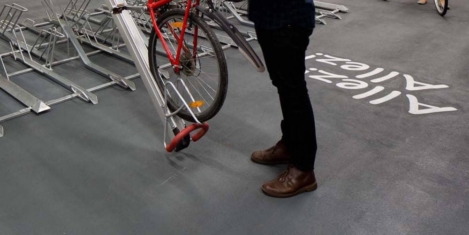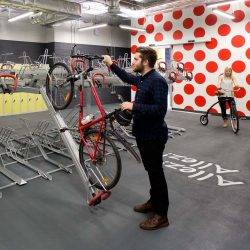August 23, 2017
UK employers concerned for future of the post Brexit economy despite booming jobs market
 Employer confidence in the UK economy has moved into negative territory, according to the latest JobsOutlook survey by the Recruitment & Employment Confederation (REC). The net balance fell from +6 per cent last month to -3 per cent in the latest report, as 31 per cent of employers now expect the economy to worsen and just 28 per cent expect it to improve. Employers are still looking to hire, with one in five (19 per cent) planning to increase permanent headcount in the next three months. Confidence in making hiring and investment decisions remains positive with a net balance of 10 per cent, but is at its lowest for the past year. In addition to signs of deteriorating employer confidence, consumers are also becoming more pessimistic. The GfK’s index of consumer confidence fell to -12, equalling last year’s post-referendum low.
Employer confidence in the UK economy has moved into negative territory, according to the latest JobsOutlook survey by the Recruitment & Employment Confederation (REC). The net balance fell from +6 per cent last month to -3 per cent in the latest report, as 31 per cent of employers now expect the economy to worsen and just 28 per cent expect it to improve. Employers are still looking to hire, with one in five (19 per cent) planning to increase permanent headcount in the next three months. Confidence in making hiring and investment decisions remains positive with a net balance of 10 per cent, but is at its lowest for the past year. In addition to signs of deteriorating employer confidence, consumers are also becoming more pessimistic. The GfK’s index of consumer confidence fell to -12, equalling last year’s post-referendum low.














 Emerging technologies such as artificial intelligence, robotics, virtual reality, augmented reality and cloud computing, will transform our lives and how we work over the next decade; and by 2030 every organisation will be a technology organisation. As such businesses need to start thinking today about how to future-proof their infrastructure and workforce, according to a report published by Dell Technologies. The research, led by the Institute for the Future (IFTF) alongside 20 technology, academic and business experts from across the globe also offers insight on how consumers and businesses can prepare for a society in flux. ‘
Emerging technologies such as artificial intelligence, robotics, virtual reality, augmented reality and cloud computing, will transform our lives and how we work over the next decade; and by 2030 every organisation will be a technology organisation. As such businesses need to start thinking today about how to future-proof their infrastructure and workforce, according to a report published by Dell Technologies. The research, led by the Institute for the Future (IFTF) alongside 20 technology, academic and business experts from across the globe also offers insight on how consumers and businesses can prepare for a society in flux. ‘


















